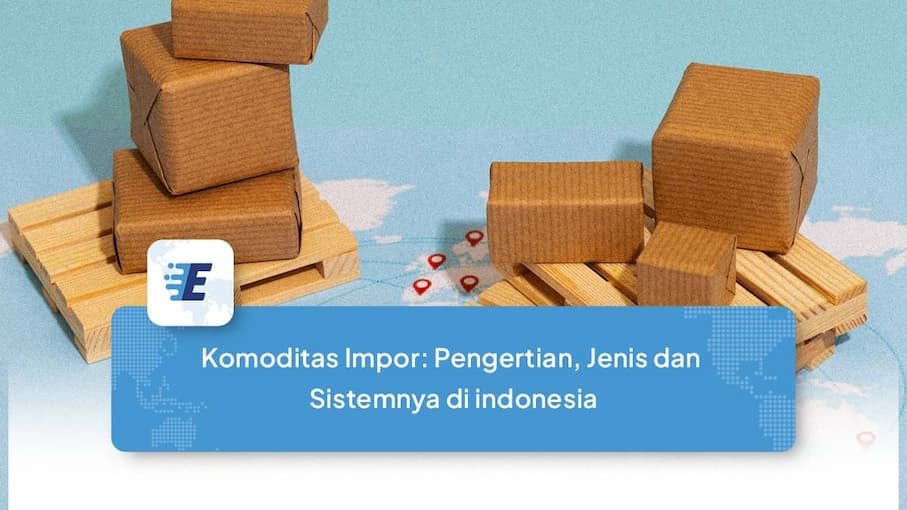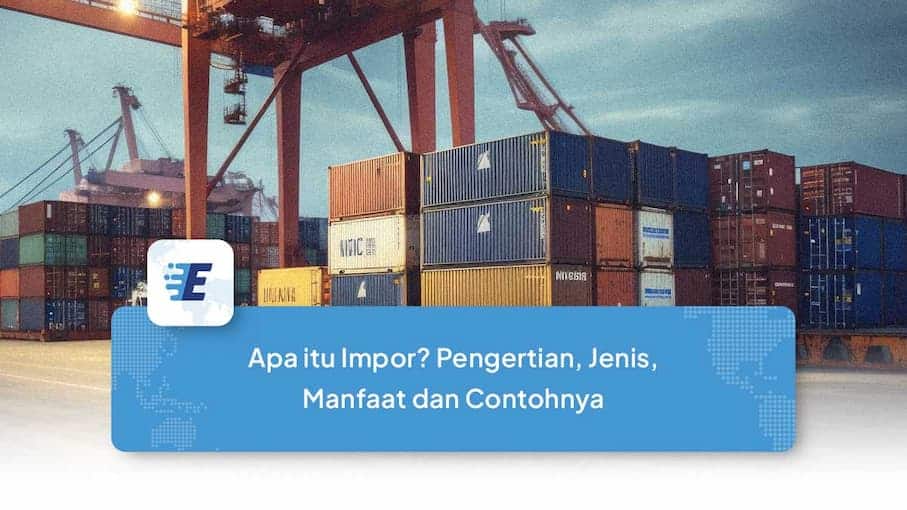Last updated on September 2nd, 2025 at 01:28 pm
Definition of Commodities
List of contents
Commodities are basic goods or products that can be traded, bought, or sold, and are typically used as raw materials in the production of other goods or services. Commodities have a specific quality standard that applies internationally, allowing them to be exchanged for similar items with no significant differences.
Examples of commodities include metals like gold and silver, energy sources such as oil and natural gas, and agricultural products like wheat, rubber, and coffee.
Classification of Commodities
According to Gramedia.com, commodities can be classified based on their nature into two main types: hard commodities and soft commodities.
Hard Commodities
Hard commodities are goods extracted through mining or extraction of non-renewable natural resources. The process of obtaining hard commodities typically requires advanced technology and high costs due to exploration and mining activities. Some examples of hard commodities commonly traded in international markets include:
- Crude oil
- Coal
- Gold
- Various types of metals (such as copper, iron, and aluminum)
These commodities are crucial to global industries and economies, but they are also vulnerable to price fluctuations influenced by factors such as geopolitics, global demand, and environmental policies.
Soft Commodities
Soft commodities are goods produced from agriculture, livestock, or forestry, which can generally be renewed or regenerated each season. Unlike hard commodities, the production of soft commodities is highly dependent on climate conditions, weather, as well as agricultural practices and resource management. Popular examples of soft commodities include:
- Coffee
- Cocoa
- Wheat
- Cotton
- Livestock products such as meat and milk
Soft commodities play an important role in fulfilling food needs and raw materials for the textile industry and other consumer goods. However, they also face challenges related to sustainability, climate change, and market price fluctuations.
Types of Commodities
Commodities can be categorized based on their type, which includes metals, energy, agriculture, and livestock. Each type has different characteristics and uses in the global economy.
- Metal Commodities: Metal commodities are extracted from mining and are essential for various industries. Examples include gold, silver, copper, iron, and aluminum. Gold is often seen as a safe-haven asset, while copper and aluminum are used in construction and electronics.
- Energy Commodities: Energy commodities include natural resources used to produce energy, such as crude oil, natural gas, and coal. Crude oil is the most traded fossil fuel, used in transportation and industry. Natural gas is a cleaner energy source, and coal is still used for electricity generation.
- Agricultural Commodities: Agricultural commodities include products from farming and plantations, such as wheat, corn, rice, soybeans, coffee, cocoa, and sugar. These commodities are crucial for global food security and the economies of many developing countries.
- Livestock Commodities: Livestock commodities include products from animals such as beef, poultry, pork, milk, and eggs. These commodities are vital for providing protein and nutrients and support the food and beverage industries.
Each of these commodity types plays a crucial role in international trade and is influenced by various factors such as weather, trade policies, and global economic conditions.
Indonesia’s Imported Commodities and Their Countries of Origin
Indonesia imports various types of commodities from all over the world to meet domestic needs and support its economic growth. Here are some of the major commodities imported by Indonesia along with their countries of origin:
Plastics and Plastic Products
Indonesia imports plastics and plastic products from countries such as China, Singapore, and Thailand. These products include raw plastic materials for manufacturing industries, packaging products, and household goods.
Plastics are used in many sectors, ranging from the automotive industry to food and beverage packaging, due to their versatility and relatively low production costs.
Mechanical Machines and Equipment
Machinery and mechanical equipment are imported from developed countries like Germany, Japan, South Korea, and the United States. These items include industrial machines, heavy equipment, manufacturing tools, and agricultural machinery.
Importing such machinery is essential for improving efficiency and productivity in various sectors, from manufacturing to agriculture.
Electronic Equipment
Indonesia imports electronic equipment from countries like China, Japan, and South Korea. The imported electronic products include televisions, computers, smartphones, and various other household devices.
Additionally, electronic components such as semiconductors and integrated circuits are also imported to support the domestic information and communication technology industries.
Vehicles and Their Spare Parts
Vehicles and their spare parts are imported mainly from Japan, South Korea, and Thailand. These products include cars, motorcycles, and various spare parts such as engines, transmissions, and electrical components.
Imported vehicles meet the growing demand for automobiles in Indonesia, while spare parts are used for maintenance and repairs.
Read Also: How to Start an Import Business and Tips
Cereals
Cereals are plants cultivated for their seeds or grains, which are rich in starch or carbohydrates. Cereals such as wheat and corn are imported from countries like the United States, Canada, and Australia.
Wheat is a key ingredient in the food industry, particularly in making bread and noodles. Corn is imported to meet human food needs and also as animal feed. Importing cereals is vital for maintaining food supply stability in the country.
Fashion Products
Fashion products, including clothing and accessories, are imported from China, Vietnam, Australia, and Thailand. Indonesia's fashion industry heavily relies on imports to meet consumer demand for the latest trends.
Imported fashion products include various types of clothing, bags, shoes, and accessories that are popular in the domestic market.
Chemical Products
Chemical products are imported from countries like China, the United States, and Germany. These include basic chemicals, specialty chemicals, and chemicals for the pharmaceutical industry.
Basic chemicals are used in various industrial processes, while specialty chemicals like dyes and additives are used in textiles and food industries.
Animal By-Products and Food Waste
Animal by-products and food waste, primarily used as animal feed, are imported from countries such as the United States, Argentina, and Brazil.
These products include soybean meal and corn gluten, which are important sources of protein for animal feed. This importation helps meet the feed demand in the livestock industry and supports the production of meat and dairy products.
Medical Equipment
Medical equipment is imported from countries like the United States, Germany, Singapore, South Korea, and Japan. These products include advanced medical devices such as imaging machines, surgical instruments, and diagnostic devices. Importing medical equipment is crucial for improving healthcare services in hospitals and clinics across Indonesia.
Optical, Photography, and Cinematography Equipment
Optical, photography, and cinematography equipment are imported from countries like China, Japan, Germany, and South Korea. These products include cameras, lenses, microscopes, and other cinematographic equipment.
These tools are used in various fields, including media, education, research, as well as the entertainment and film production industries. By importing these various commodities, Indonesia is able to meet its diverse domestic needs and support its economic growth and the development of various industrial sectors.
Conclusion
This overview highlights the major imported goods by Indonesia and their countries of origin. For further insights into Indonesia's export commodities and their impact on the country's economy, please visit our page on Indonesian Export Commodities.
Discover deep insights into international trade and Indonesia’s market potential. We hope this information proves useful to you!




